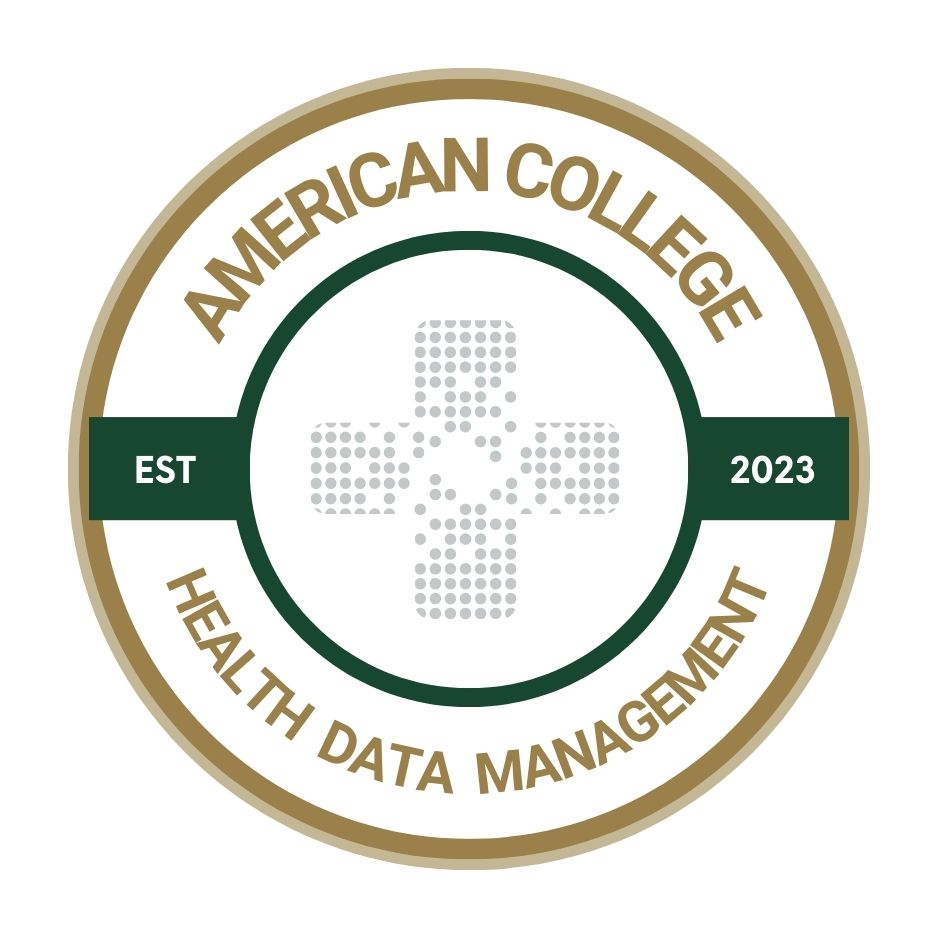‘Burnover’ requires a strategy for combating clinician burnout and turnover
Healthcare organizations need to implement systemic solutions to foster a healthier work environment for healthcare professionals.

I recently met with my entire executive team and a group of consultants from KLAS Research to discuss the current research regarding satisfaction with electronic health records systems, the impact the EHR has on clinician burnout and how self-directed training is making a big impact in both of these areas.
While reviewing the burnout data and how it is contributing to increases in turnover, I kept getting befuddled and saying “burnover.” While it was only mildly embarrassing and we all had a good chuckle, it is actually an important phrase carrying severe financial consequences for health systems across the world.
Burnover involves a complex interplay of burnout, turnover and the additional dimension of moral injury, particularly in the context of practicing medicine. Moral injury refers to the psychological and emotional distress experienced when individuals witness or participate in actions that conflict with their deeply held moral beliefs and values. In healthcare, moral injury often arises from ethical challenges, conflicting priorities and systemic issues that compromise the ability for healthcare professionals to provide the level of patient care they believe is ethically and morally right.
Rising challenges
While this was perhaps a low grumbling in the background before the COVID-19 pandemic, because of the severe challenges faced by our healthcare heroes, (who quite literally nursed our country back to health at the expense of their own health) burnout and moral injury have led to increasing rates of turnover across all clinical groups.
Within this framework of burnover, healthcare professionals not only contend with the emotional exhaustion and depersonalization characteristic of burnout, but also grapple with the moral distress that arises from systemic issues such as resource constraints, ethical dilemmas and the perceived misalignment between their professional values and the realities of healthcare delivery. All of these factors were exacerbated by the COVID-19 pandemic.
At a recent Burnout Symposium in NYC speakers highlighted the need for comprehensive strategies that not only target burnout prevention and workforce retention but also acknowledge and rectify the systemic factors contributing to burnout and moral injury. A new favorite concept that I took away from the symposium is “burnout is experienced at the individual level but is created at the system level.”
Unfortunately, most of the interventions shared address the individual experience rather than the systemic cause. That is synonymous with simply treating symptoms of disease rather than trying to cure the cause of the disease.
Telling already overburdened clinicians that they should find time for yoga and meditation to reduce their stress is like telling someone to ice a broken arm – it might help with the pain, but it isn’t going to solve the problem. While there are benefits with these individually focused wellbeing programs, they continue to put the onus of fixing the problem back on the individual clinician and remove any of the ownership of the problem off the shoulders of organizations.
But what should we expect health systems to do to combat burnover within their organization? Well, they might look towards organizational reforms, improved support and training structures, and a renewed focus on aligning healthcare practices with the ethical principles that drew professionals to the field in the first place. By addressing burnout, turnover and moral injury simultaneously, the healthcare industry can work towards creating a more sustainable, ethically grounded and fulfilling environment for its professionals.
Strategies for combating burnover
Here are some strategies shared at this year’s NYC Burnout Symposium from various organizations combating burnout and turnover.
Enhance work-life balance. Implement policies and practices that promote work-life balance, such as flexible scheduling, reasonable work hours and opportunities for professional development.
Address moral injury and ethical challenges. Establish forums for open dialogue on ethical challenges and moral distress. Encourage a culture that supports professionals in navigating these complexities and provides avenues for seeking ethical guidance.
Implement comprehensive wellbeing programs. Develop and implement wellbeing programs that address physical, mental and emotional health of caregivers. These programs may include counseling services, stress management workshops and resources for resilience-building.
Utilize health information technology solutions. Integrate HIT solutions to streamline administrative tasks and reduce the burden on healthcare professionals. There is no end to the emerging technology within healthcare, so finding those that can help reduce the mental load on clinicians is paramount to reducing burden, there are many new AI solutions that are already showing great results in reducing documentation burden.
Facilitate team-based care. Foster a team-based approach to patient care, promoting collaboration among healthcare professionals. This can distribute the workload more evenly and provide mutual support.
Provide adequate training. When it comes to implementing new technologies one of the most overlooked strategies for success is IT training. When done well, training can help clinicians feel that their organization supports their needs, when done poorly or as an afterthought, it can actually add to the sense of burden and frustration clinicians experience.
As an industry, it is time to stop “icing the arm” and get to setting it for healing. We called them our healthcare heroes during the pandemic, and much like our soldiers who go off to fight wars, they were in the trenches of the largest healthcare crisis we have seen in generations. The pandemic brought to light many areas of our healthcare system that need attention.
We can’t go back to the status quo when our doctors and nurses are still feeling the effects of staffing shortages, cost cutting, poorly implemented technology and administrative decisions that put not only our clinicians, but patients behind profitability.
Liz Griffith is director of EHR education at uPerform.
